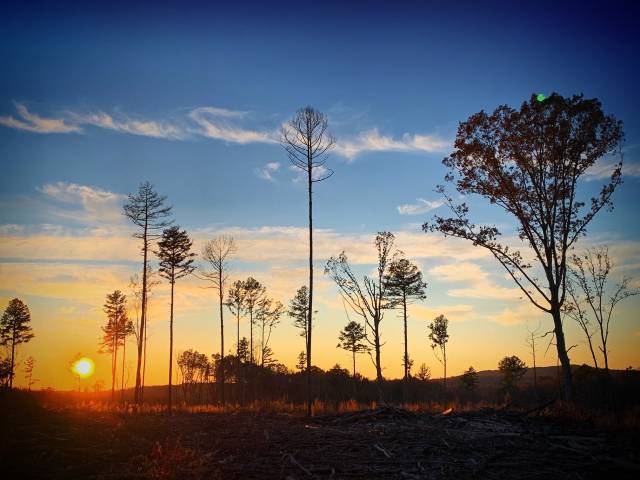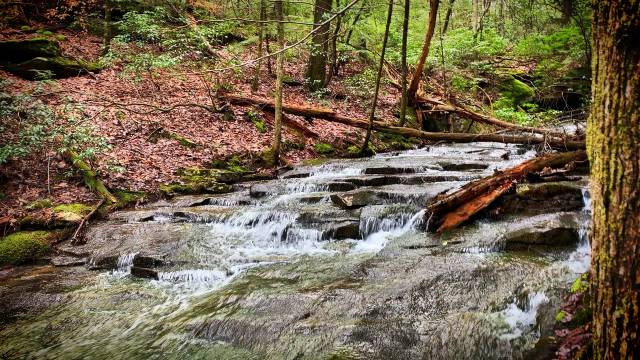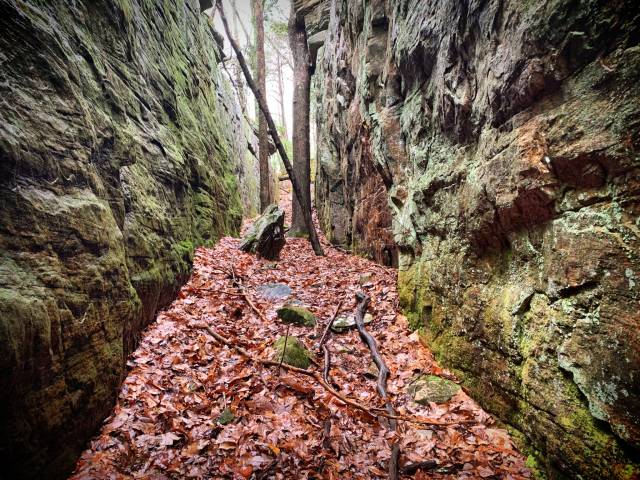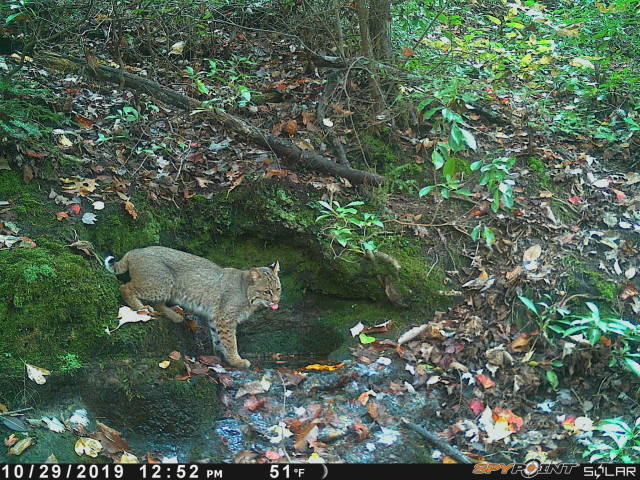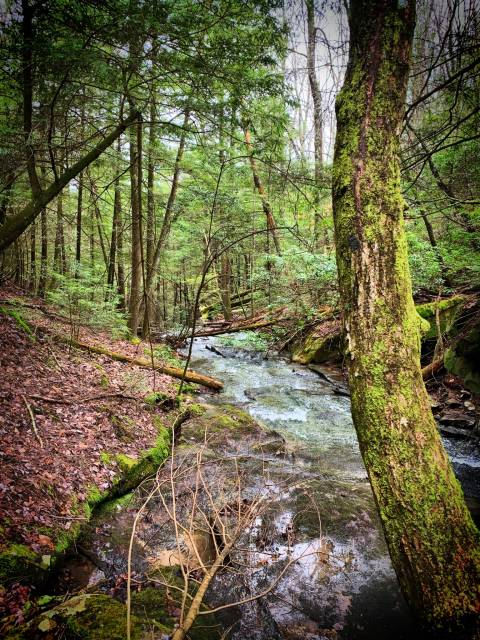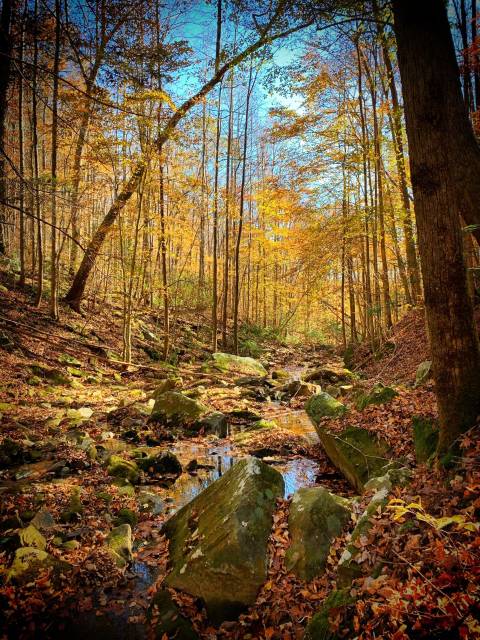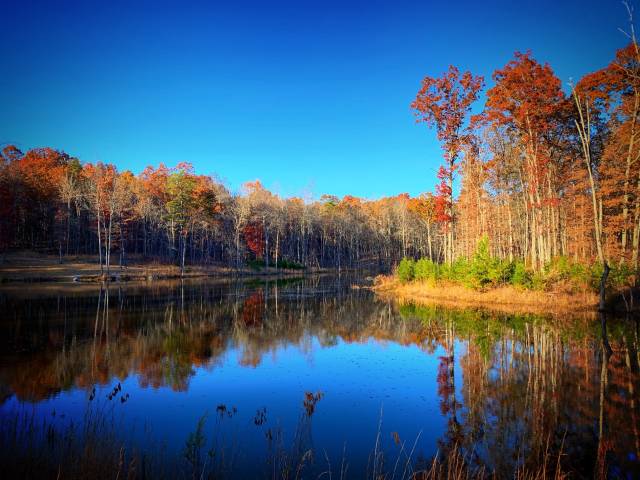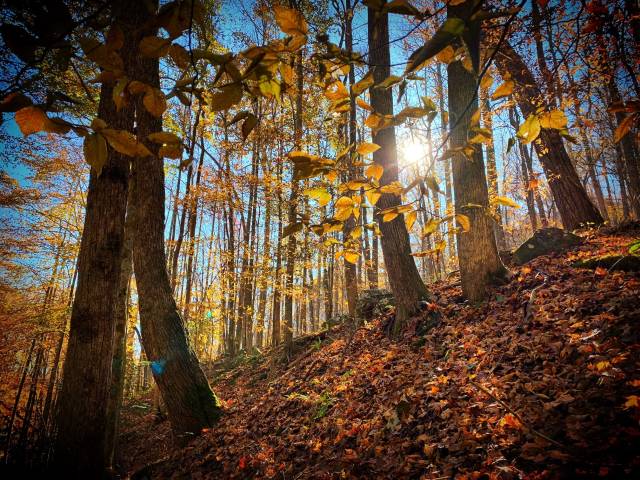Nestled in the Appalachian Mountains of Tennessee, the Cumberland Plateau is an infamous hardwood forest with the county’s highest peak, Chestnut Mountain, within. In 2018, 5,686 acres of the Plateau, including Chestnut Mountain, were gifted to the Nature Conservancy with the goals of protecting and improving the resiliency of the forest, protecting the local water supply, providing an education and research platform, and protecting the flora and fauna. As a result of the modified forestry management techniques and enhanced financial security from the sale of carbon offsets, rates of carbon sequestration are improving: the project will sequester approximately 480,000 metric tonnes of carbon dioxide over the first 20-year crediting period.
Before the project started, most forest owners in the region were motivated to sell the timber or land for development with limited consideration for its conservation value as a portion of the world’s largest hardwood forested plateau. Scientific publications point to this area and the Appalachians more broadly as an important corridor for wildlife and plants, many of which are threatened and endangered. The financing from the carbon offset sales enables improved forestry management techniques, including treating trees for the hemlock woolly adelgid pest and re-introducing fires into the area. It eliminates clear-cutting management and other even-aged tree management techniques.
